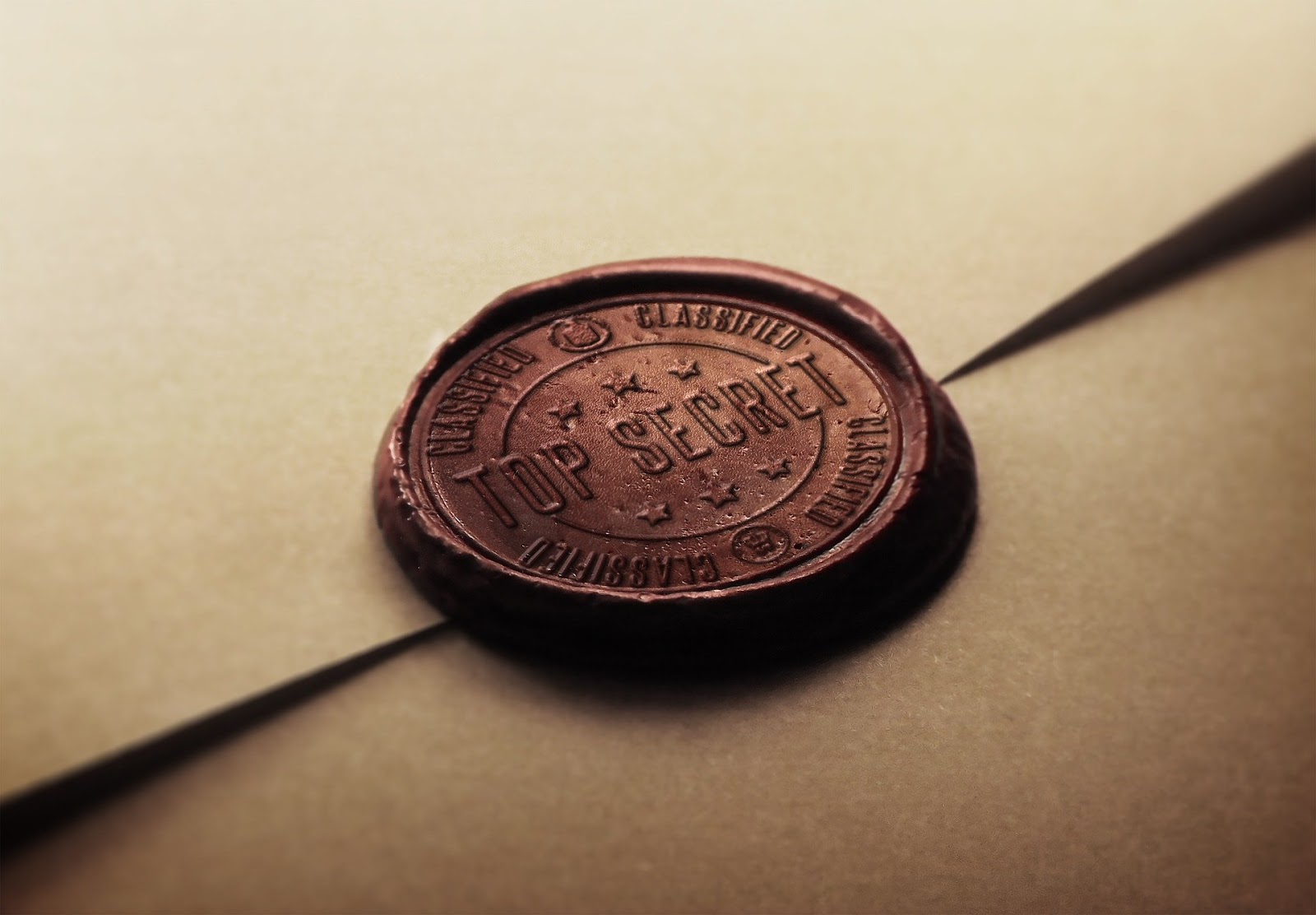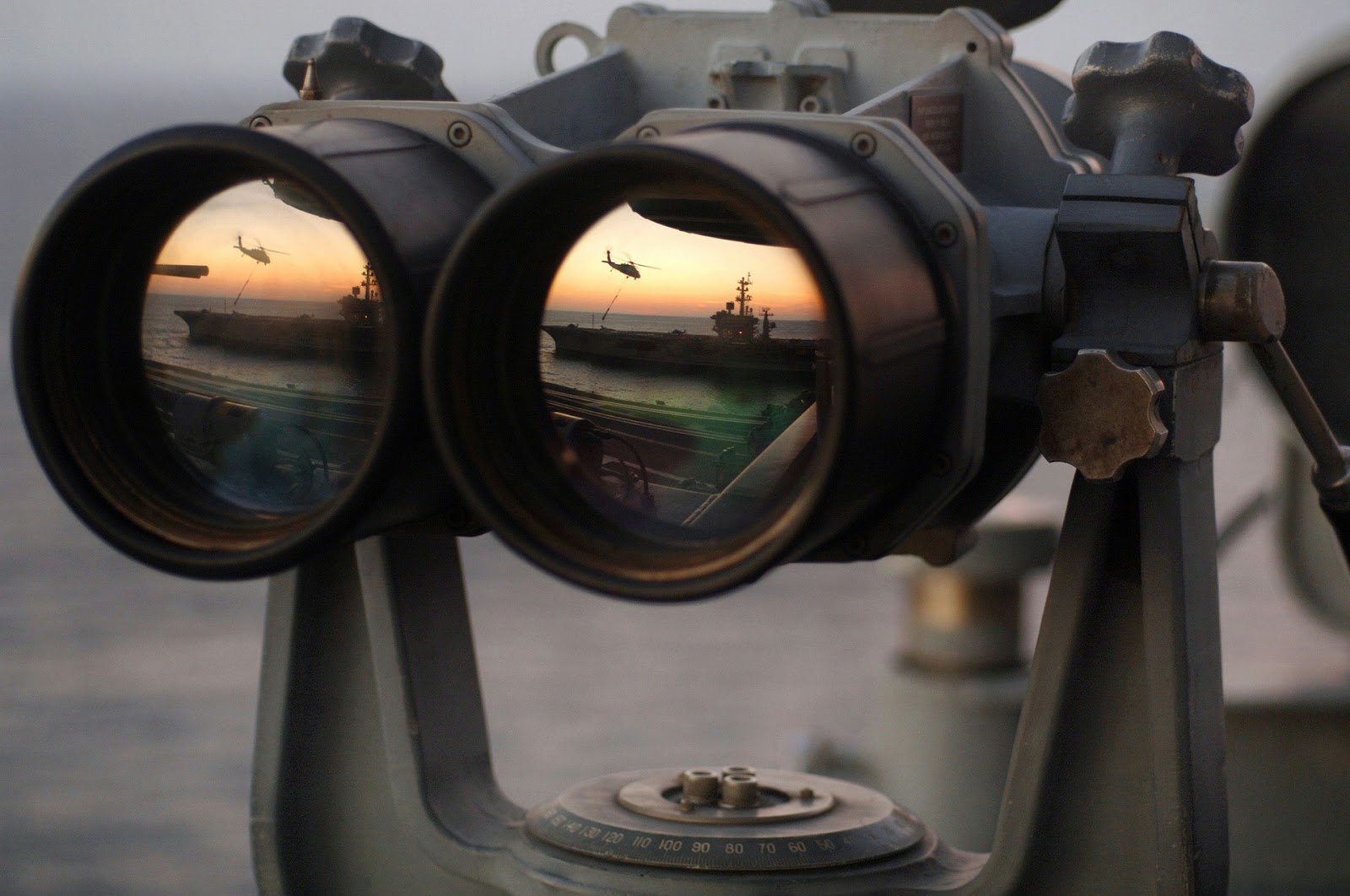The Cambridge Spy Scandal That Haunts Britain
The CIA demanded MI6 ‘clean house’ after three senior British spies defected to Moscow.

The Cambridge Five: Tension rises between US & British
US confidence in British intelligence nosedived during the Cold War after a ring of Cambridge University-educated spies working for the British government smuggled intelligence to the KGB.
The furor erupted when Guy Burgess and Donald Maclean - two of the so-called ‘Cambridge Five’ - disappeared in 1951. They had defected and later resurfaced in Moscow. Both were hopeless drunks, unstable and promiscuous characters who’d been appointed to top jobs in London and at the British Embassy in Washington, D.C.
The British Embassy reported back that the international incident had “severely shaken the State Department's confidence in the integrity of officials of the Foreign Office".
The Americans pointed out that drunkenness, recurrent nervous breakdowns, sexual ‘deviations’ and other human frailties were considered security hazards and dismissible offenses. Furthermore, the US advised Britain to “clean house regardless of whom may be hurt”, according to declassified papers released by Britain’s National Archives.
.webp)
Kim Philby: The next blow
The unmasking of the first two of the Cambridge Five came a little more than a year after the 1949 arrest of nuclear spy Klaus Fuchs, so the relationship between British and US intelligence was further compromised when Britain was dealt a third blow: Kim Philby, Britain's chief liaison with the American intelligence agencies in the US capital, was a member of the spy ring.
Philby’s betrayal was not just an embarrassment for Britain, it was a threat to US national security.
Philby had worked closely with James Jesus Angleton, CIA chief of counterintelligence, and the Brit liaised with the FBI at a time when director J. Edgar Hoover was convinced Soviet spies were everywhere. Philby had also been briefed on Washington’s Venona project, a program to decrypt top-secret messages transmitted by Soviet Union intelligence agencies including the KGB.
Philby is suspected of tipping off Maclean and Burgess, telling them their covers were blown, but remarkably Philby continued to operate for more than a decade before Philby too defected to Moscow in 1963.

Philby's Memoirs: Panic stations
It is not altogether surprising then that panic set in as Downing Street learned about the next problem in 1968: Philby was shopping his memoirs around through Knowlton, an American literary agent, and it seemed likely his book - My Silent War - would be published or serialized in the US, UK, and France. Philby's friend, MI6 officer and author Graham Greene, would write the introduction.
Among the many secrets revealed, Philby’s manuscript said MI5 bugged the British Communist Party offices in London, according to government papers filed in the National Archives in 2020.
Britain’s secret state swung into action. The UK government conjured up a non-existent French double agent as a red herring to dissuade journalists from looking too closely into Philby’s manuscript. According to the National Archives:
- in 1968 the British government urged the Sunday Times to write about a Soviet agent in France, which the journalists did, suggesting the spy was one of President Charles de Gaulle's staff;
- the Foreign Office’s Sir Denis Greenhill suggested reporters look into Leon Uris’ novel Topaz, which he claimed was based on real Soviet networks operating in France; and
- Roy Jenkins, then home secretary, warned the PM that Philby’s manuscript might expose another mole, Sir Anthony Blunt, the Queen’s art advisor.

"The brand new social experience where you activate your gaming skills as you train like a spy."
- TimeOut
Take on thrilling, high-energy espionage challenges across different game zones.

Cambridge Five: The fourth spy emerges
The fourth man in the Cambridge Five was now in play. In 1964, Cambridge alumnus Anthony Blunt admitted he’d spied for Stalinist Russia. The confession shocked the Royal Family and Britain’s secret services but it was hushed up with Blunt being offered immunity if he confessed.
The deal cut by Britain’s Home Office and MI5 was so secretive even the prime minister at the time, Alec Douglas-Home, didn’t know about it. National Archives’ documents show Douglas-Home found out about Blunt’s betrayal in November 1979, when Prime Minister Margaret Thatcher exposed Blunt in the House of Commons.
Blunt had been recruited by Stalin’s security agency, The People's Commissariat for Internal Affairs, in the 1930s and he later joined the British Army and MI5 before embarking on a career as an art historian and Queen Elizabeth’s curator.
He was also a talent-spotter of potential recruits at Cambridge University, among them John Cairncross and Michael Straight, the reluctant American spy and former editor of the New Republic magazine. Straight was also an advisor on arts endowments with the Kennedy administration and an unpaid economics advisor for the US State Department.
Straight had a change of heart, however, made his break with the Soviets in 1941 and revealed all to the FBI. In his autobiography, After Long Silence, Straight described dining with other members of the Cambridge ring in London. "I learned, to my dismay, that Anthony [Blunt] had been engaged in intelligence work throughout the war," he wrote.
.jpg)
John Cairncross: The fifth man?
John Cairncross is often mooted as the fifth man. He was Scottish and from a middle-class background, but he studied modern languages at the Sorbonne in Paris and then at Trinity College, Cambridge.
Geoff Andrew’s autobiography, Agent Molière: The Life of John Cairncross, suggests the spy was motivated by his disdain for the British ruling class and his intellectual and cultural affinity with anti-fascists.
His treason was astonishing. While at Bletchley Park, Cairncross stuffed his briefcase and trousers with unredacted Enigma data to hand over to the Russians, assisting the Red Army in the Battle of the Kursk against Nazi forces in 1943.
His work as the private secretary of Sir Maurice Hankey, a member of the committee that supervised the British atomic program, would have allowed him access to the reports he is suspected of passing to the Soviets.
The Cambridge Five: The end of an era
Soviet defector Oleg Gordievsky fingered Cairncross as a spy in his 1990 book KGB: The Inside Story, but Cairncross was never charged and died of a stroke in England in 1995.
Burgess remained in Russia and died at the age of 52 of acute liver failure.
Donald Maclean reportedly died of cancer at 69 and was cremated in Moscow, hailed as a "faithful son and citizen" of the state.
Anthony Blunt was stripped of his knighthood and lived as a recluse in London until his death from a heart attack at age 75.
As for Kim Philby, the most notorious of the Cambridge Five, he passed away in 1988 at the age of 76 having spent the last 25 years of his life in Moscow. His wife told Moskovsky Komsomolets newspaper that Philby was disillusioned with Communism by the end of his life, tortured by his failings, and drank himself to death.
SPYSCAPE+

Join now to get True Spies episodes early and ad-free every week, plus subscriber-only Debriefs and Q&As to bring you closer to your favorite spies and stories from the show. You’ll also get our exclusive series The Razumov Files and The Great James Bond Car Robbery!


Gadgets & Gifts
Explore a world of secrets together. Navigate through interactive exhibits and missions to discover your spy roles.
Your Spy Skills
We all have valuable spy skills - your mission is to discover yours. See if you have what it takes to be a secret agent, with our authentic spy skills evaluation* developed by a former Head of Training at British Intelligence. It's FREE so share & compare with friends now!
* Find more information about the scientific methods behind the evaluation here.


Stay Connected
Follow us for the latest
TIKTOK
INSTAGRAM
X
FACEBOOK
YOUTUBE